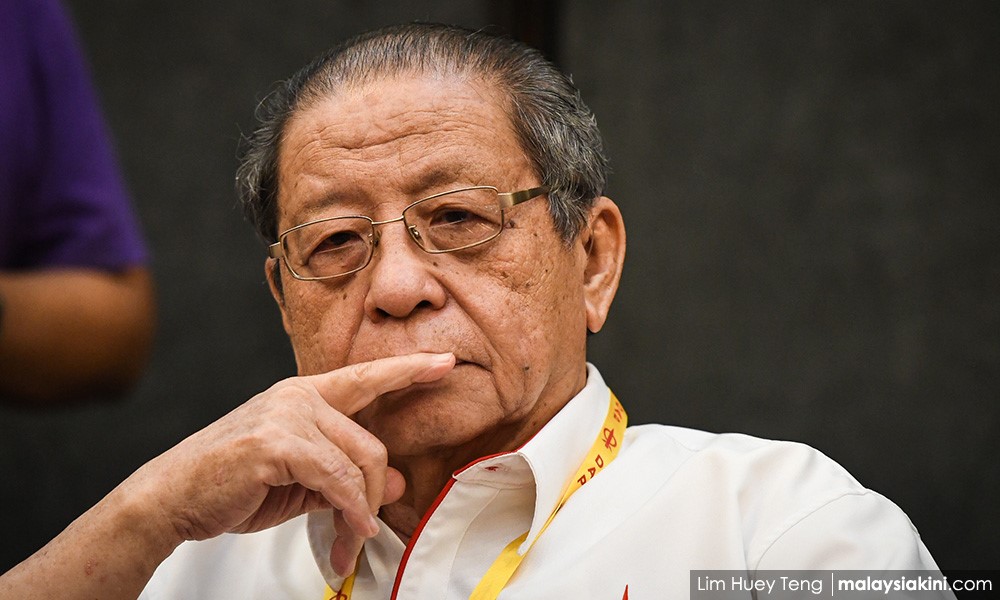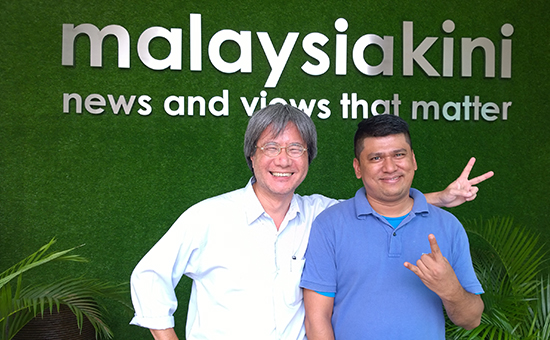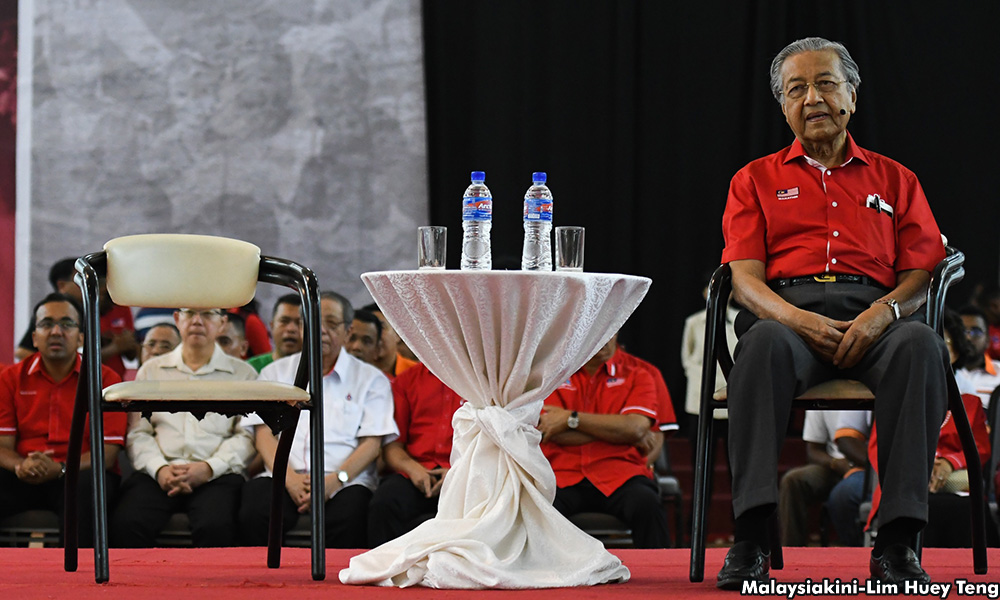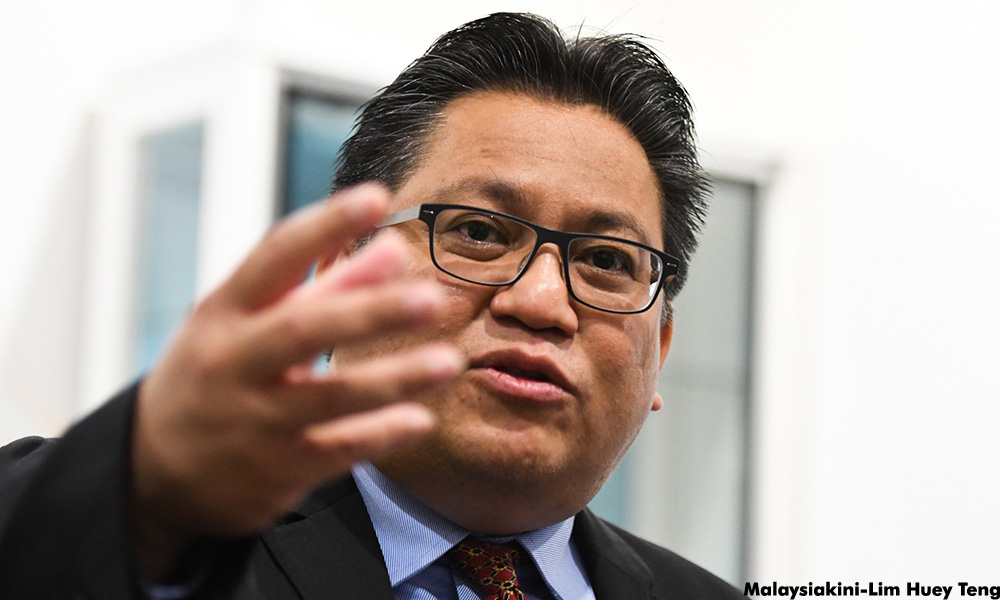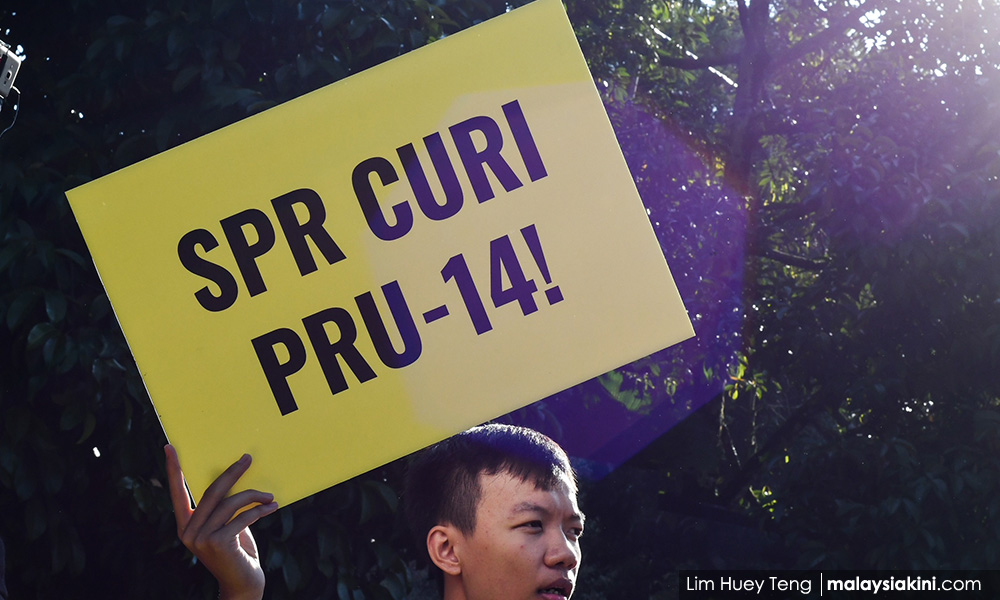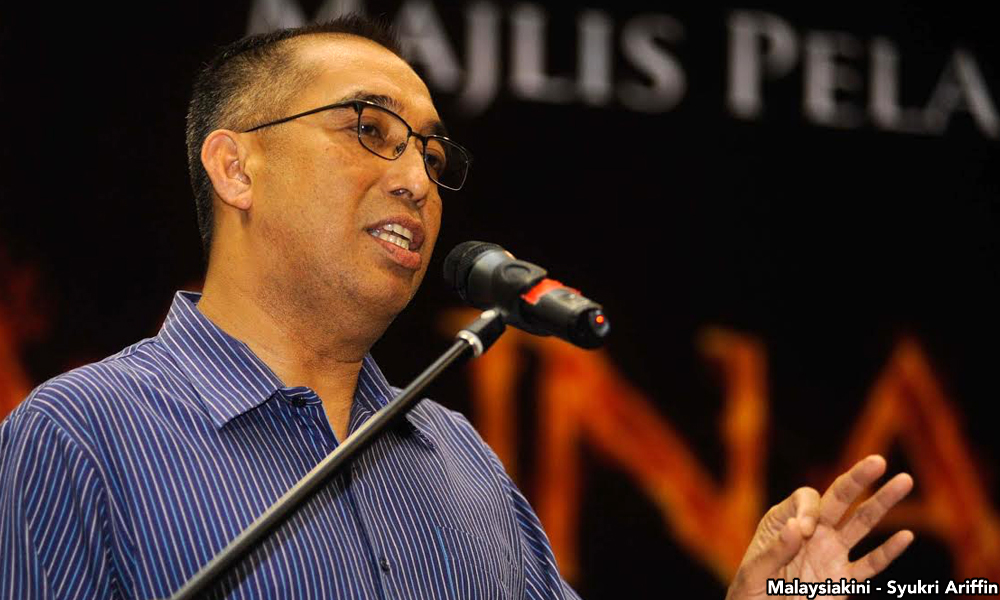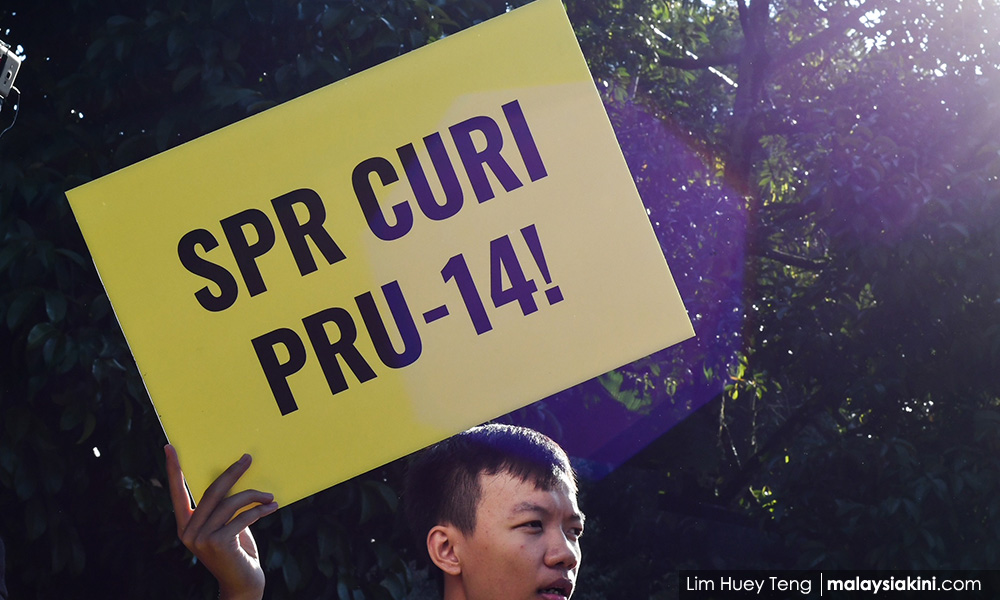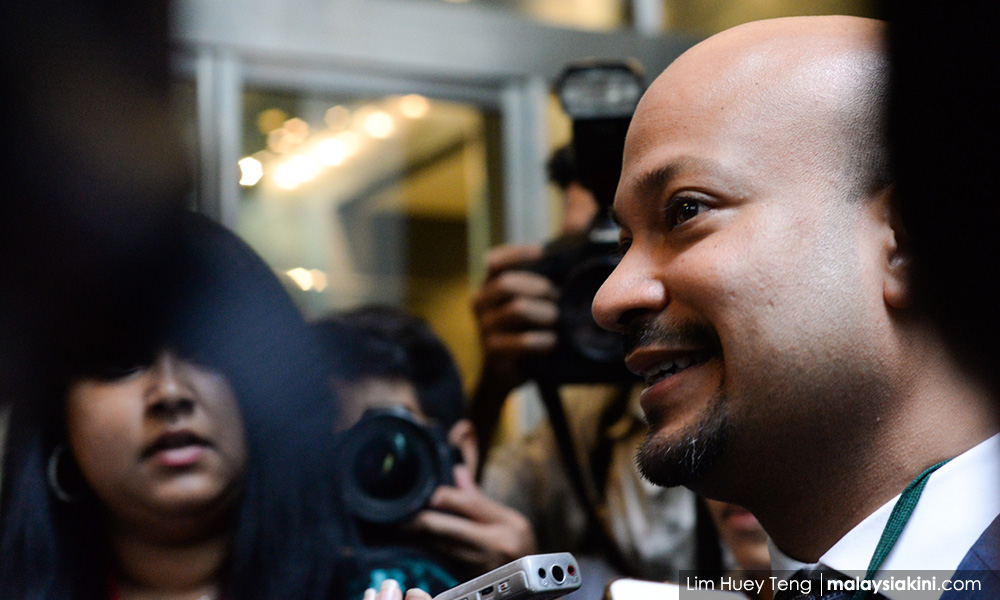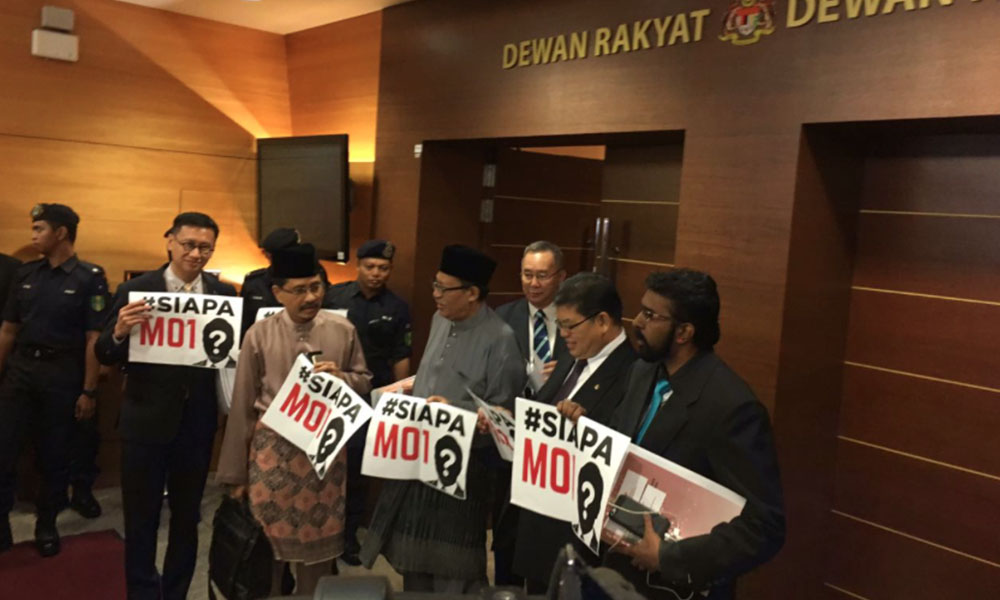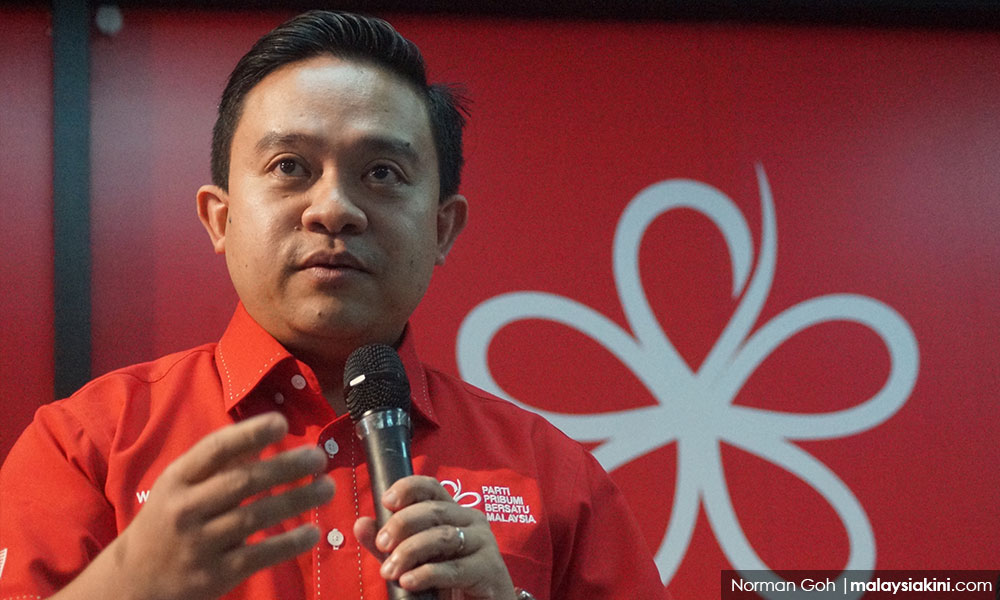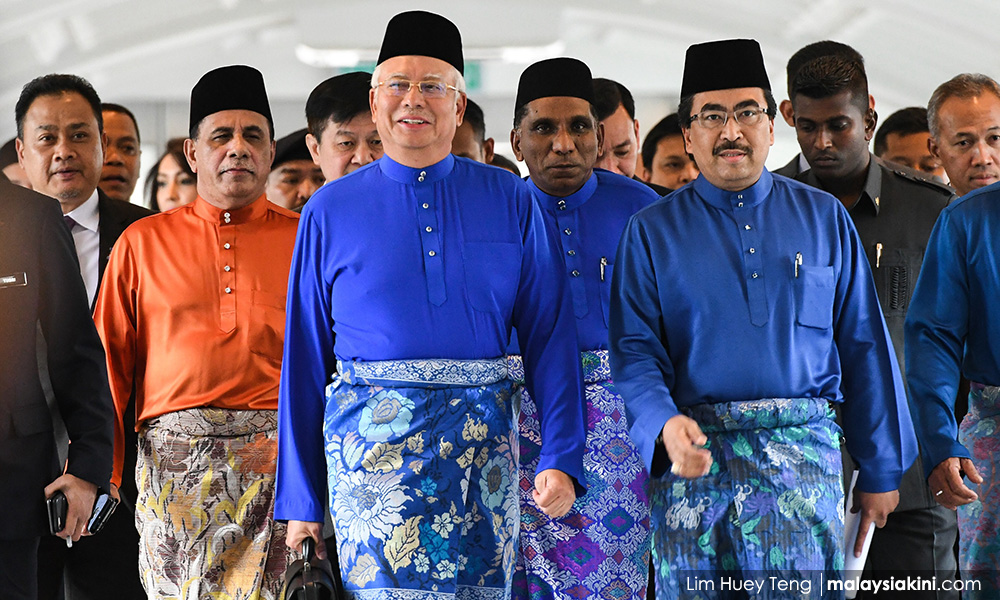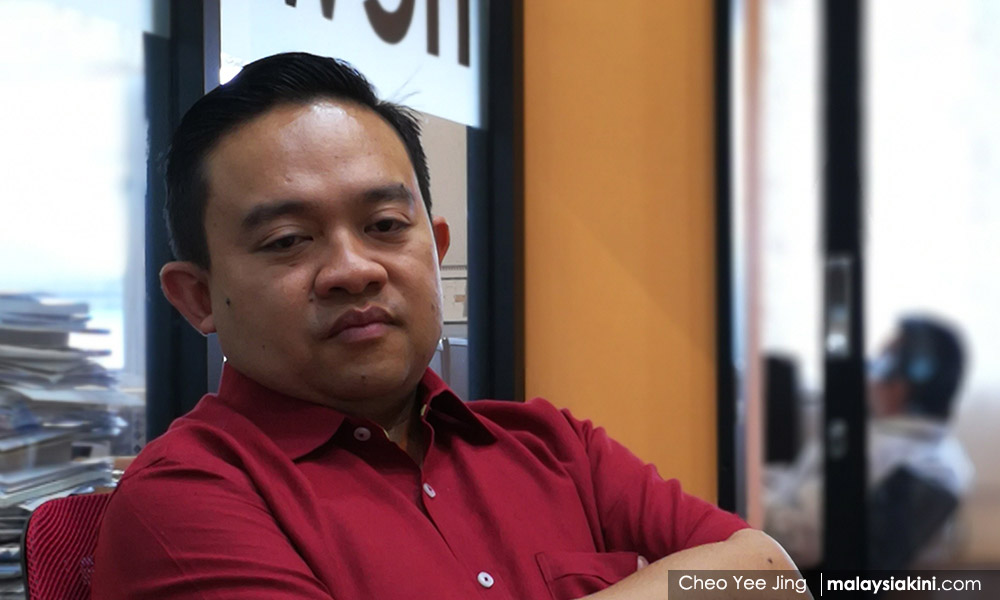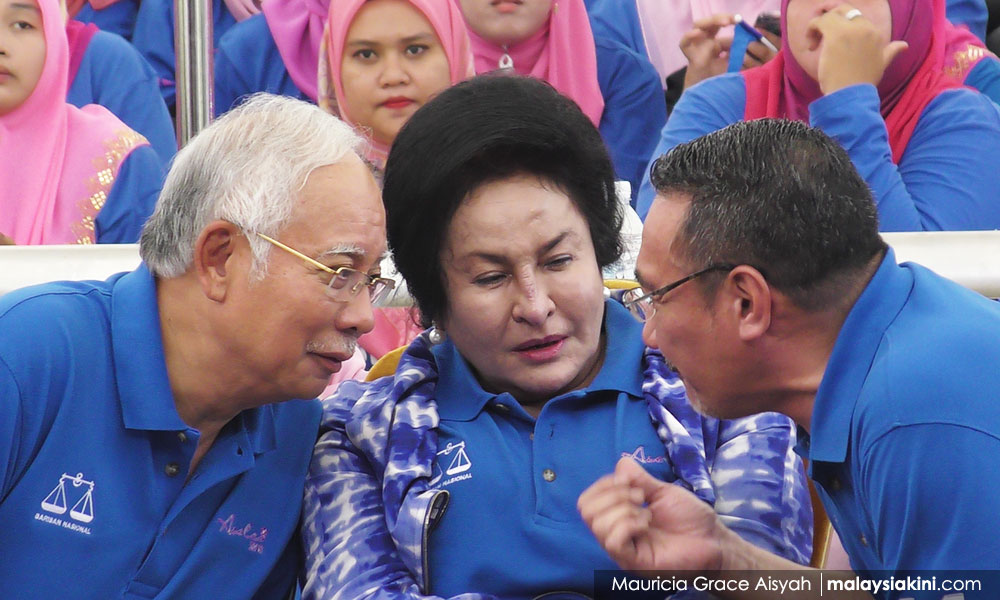-Dr. Kua Kia Soong, Suaram Advisor, 25, June, 2015.
 COMMENT Having been part of the mother tongue education movement for most of my adult life, allow me to offer a blueprint for national integration which should be a reasonable compromise for all parties including those who are urging a return to English-medium education.
COMMENT Having been part of the mother tongue education movement for most of my adult life, allow me to offer a blueprint for national integration which should be a reasonable compromise for all parties including those who are urging a return to English-medium education.Be proud of our mother tongue education system
First, as Malaysians we should be proud that we have mother tongue education systems in our country that have been nurtured since pre-British colonial times. The first Chinese school in the peninsula was established in 1819, nearly 200 years ago. The Tamil schools have also had nearly 150 years’ history.
It is not true that the British colonial power built different schools to keep the Malayan people apart. All mother tongue schools, including Malay schools, were neglected during the British colonial period. It was the farsighted pioneers in the respective communities during those early days who built the schools in order to ensure their children received their respective mother tongue education.
Thus, our various ethnic communities should be congratulated for nurturing their mother tongue education all these years despite colonial neglect.
During the pre-Independence days, there was mutual encouragement among the Malay, Chinese and Tamil education groups. Thus, the Chinese education leader Lim Lian Geok encouraged the Malay-language lobby to develop Malay-language education beyond primary level during the pre-Independence days.
At Independence, we already had 1,350 Chinese primary schools, 78 Chinese secondary schools and more than 800 Tamil primary schools in the national education system. The ‘Government English Schools’ were of course the crème de la crème and the recognised ‘Establishment’ schools.
Today, there are only 1,280 Chinese primary schools, 60 Independent Chinese secondary schools and 550 Tamil primary schools. There are some 80,000 non-Chinese students in the Chinese schools at both primary and secondary levels despite the fact that the government has not allowed the number of Chinese schools to increase.
Nevertheless, since Independence the Chinese and Tamil school lobbies have grown to distrust Umno’s attempts to change the character of these schools while refusing to allow any further increase in their numbers. The mother tongue education lobbies have doggedly defended their schools against attempts to convert them first into English-medium and later into Malay-medium schools.
What we need is great big melting pot?
The lesson to be learnt from the acrimonious controversies of the last 55 years is that Umno’s attempts to assimilate these mother tongue schools are bound to fail 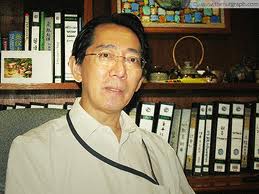 because the Chinese and Tamil communities will defend their schools tooth and nail.
because the Chinese and Tamil communities will defend their schools tooth and nail.
Please spare the nation the biggest crisis we will ever experience if the government tries to take away mother tongue schools from the Chinese and Indians.
The arguments against the existence of Chinese and Tamil schools are always the same, namely that they do not promote national integration.
This is sheer hypocrisy when we do not hear the same strident condemnation of the racially discriminatory enrolment policy at Universiti Teknologi Mara (UiTM) even though this tertiary education institution is paid for by all Malaysian tax payers!
Decentralise education management
Third tier government is crucial to this reform. Once we have got a democratically elected local council, education should be decentralised – schools would be built according to the needs of the communities. Thus, education will no longer be politicised and made into a racial issue.
If a community requires a Chinese school in Petaling Jaya or Kajang or Kuantan or Johor Baru, the local council will have to build them based on that need. The same goes for the other communities.
We now have the interesting case of Malaysians who say their mother tongue at home is English. Why not indeed!
I do not see any problem with providing them with English-medium schools. Why can’t parents in Petaling Jaya or Penang or Malacca or Johor Baru have English-medium schools for their children if English is their mother tongue from birth?
Shared state-of-the-art facilities
Next, education precincts should be earmarked for new Malay-medium, Chinese-medium, Tamil-medium and even English-medium schools. These precincts would have parks and sport fields, theatres, ICT centres, libraries, gymnasiums, and other excellent facilities which are to be shared by students from all the schools in the precinct.
Besides allowing for opportunities to integrate, it will ensure greater equality among the schools in terms of quality of schools, facilities and financial allocations. The Chinese and Tamil schools will have no reason to complain of being discriminated against when they receive proportionate government assistance. Efforts should be made to ensure that existing schools have similar shared facilities and opportunities.
Thus, not only will students from all the various streams have the opportunity to mix and mingle, they can take part in joint cultural performances, quiz, elocution and debating competitions, societies and sports meets. This will not only promote integration but also enhance quality and standards of all schools.
Totally different concept from vision schools
This concept is qualitatively different from the government’s ‘vision school’ concept because the various schools in the Education Precinct are run in the way they have traditionally been run, ie. autonomously.
The only difference is that the schools are completely catered for by the government, including financial allocation. This goes for the secondary schools as well and all secondary school students should enjoy the same free education.
I believe this is the best compromise for the whole nation and we should see the beginning of a new era of cultural understanding in Malaysian education and society.


